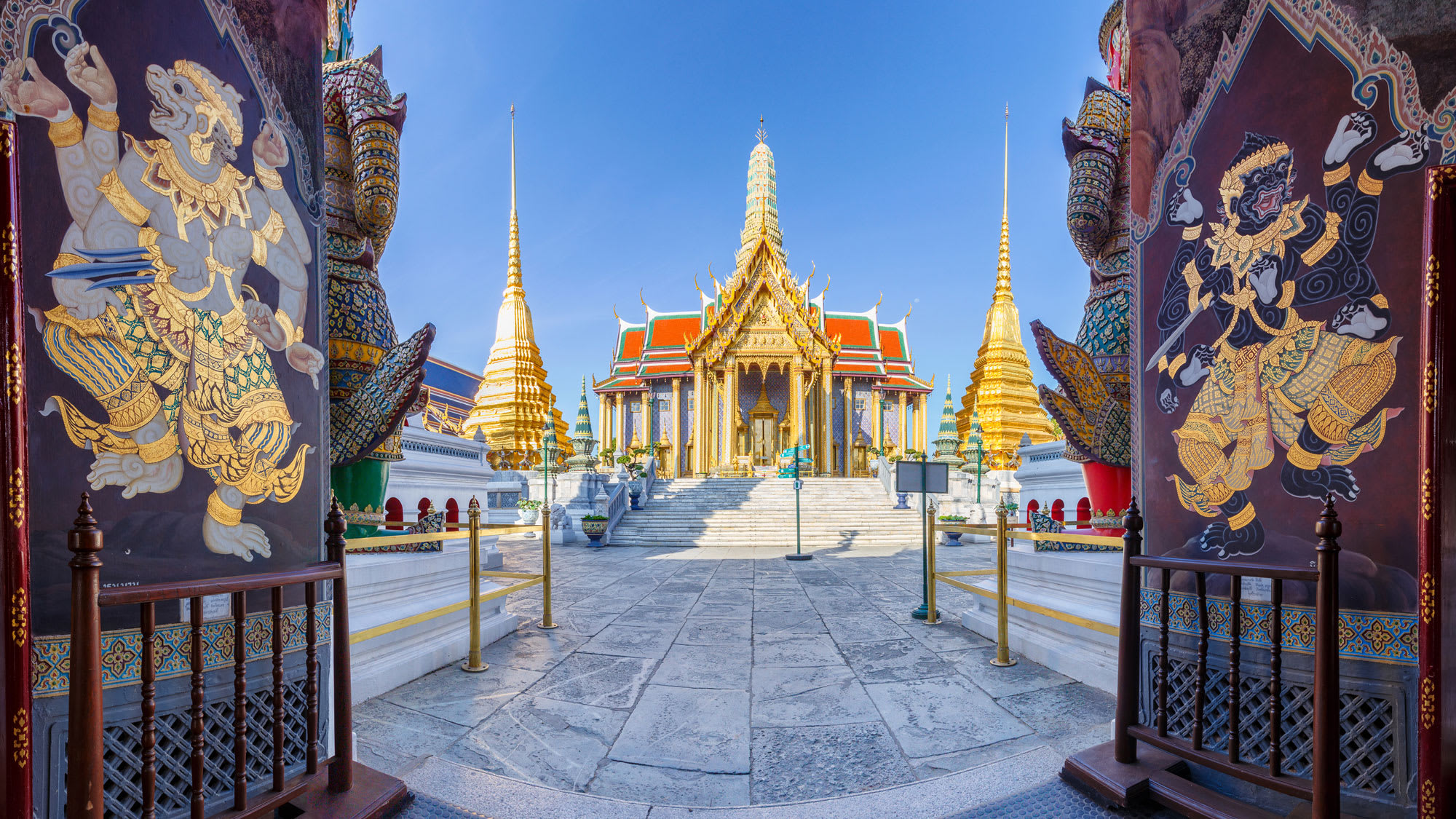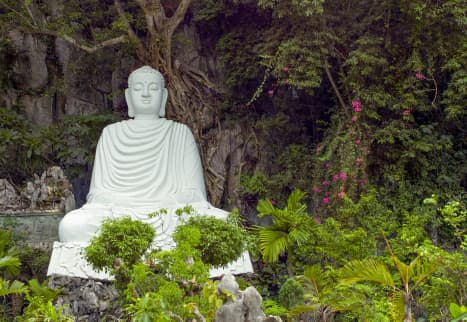Blog
The Temples & Pagodas Of The Bamboo Road
On the Bamboo Road Cycling Tour, the riders will spin through stunning mountains, along sparkling coastlines, into misty valleys, beside historic waterways, into small villages and ancient historic sites, all while revelling in some of the world’s best foods and enjoying the unsurpassed hospitality of the region’s people and the area’s endless charm.
They will also enjoy the opportunity to explore some of the region’s famous temples and pagodas; Buddhist, Hindu, Taoist, Confucian and Khmer. They range from simple, humble structures to sprawling complexes but all offer an insight into Southeast Asia’s byzantine history and the dazzling spirituality of its peoples.
Hanoi – Temple Of Literature (Confucian)

While the temples in the north of Vietnam tend to be strongly influenced by Chinese design, the Temple of Literature, built in 1070 by Emperor Ly Thanh Tong, is a wonderful example of traditional Vietnamese architecture. Dedicated to Confucius and Vietnamese scholars, it was the site of country’s first university beginning in 1076. In the midst of Hanoi’s bustling traffic, the temple’s five courtyards are an oasis of tranquility and a popular spot for graduation photos.
Hue – Thien Mu Temple (Buddhist)

Within the grounds of this temple founded in 1601, stands the iconic Thap Phuoc Duyen tower. Constructed in 1844 it is considered a symbol of Hue and each of its 7 stories is dedicated to Buddha. In the grounds one can find the car that took the Buddhist monk Thich Quang Duc to Saigon, the site of his famous self-immolation in 1963. This act was directed against the policies of the South Vietnamese President Diem, who was assassinated just months afterwards.
Phnom Penh – Silver Pagoda (Buddhist)

Also known as the Temple of the Emerald Buddha, its floor is covered by 5000 silver tiles, about 5 tonnes of silver. It was built in 1892 and is located on the grounds of the National Palace. The walls inside are covered by murals, painted in the early 20th century, telling the story of the Reamker, Cambodia’s national poem. Fortunately the temple was not destroyed by the Khmer Rouge during their rule in an attempt to display their concern for Cambodia’s heritage.
Siam Reap – Angkor Wat (Khmer)

What more can one say about one of the world’s most famous temple complexes? The largest religious structure on earth, it is a potent national symbol for the country, reflecting the height of Khmer civilization. Perhaps the Portuguese Friar, António da Madalena, who visited in the 16th century put it best, “it is of such extraordinary construction that it is not possible to describe it with a pen, particularly since it is like no other building in the world. It has towers and decoration and all the refinements which the human genius can conceive of.”
Bangkok – Wat Phra Kaew (Buddhist)

This temple is considered the spiritual home of Thai Buddhism and is still used by the country’s royal family for religious ceremonies. Located in the centre of the city on the grounds of the Grand Palace, it is home to the Emerald Buddha, Thailand’s most sacred image. A major destination for Buddhist pilgrims, the walls surrounding the temple are covered by 178 murals depicting the story of Rama and are over 2 kilometres in length.
Kuala Lumpur – Sri Mariamman Temple (Hindu)

Built in 1873 this is the oldest Hindu temple in Malaysia. Built in the Southern Indian style and dedicated to the Goddess Parvati, it provided a place of worship for early Indian immigrants to the city. The towering colourful tower (gopuram) depicts a wide variety of Hindu Gods and the temple is home to a silver chariot used during the annual Thaipusam festival to transport statues of Lord Murga to the sacred Batu Caves, about 15 kms away.
Singapore – Thian Hock Keng Temple (Taoist)

Built in 1839 and dedicated to Mazu, the Goddess of the Sea, Singapore’s oldest Chinese temple was once located on the waterfront where Chinese immigrants gave thanks for their safe arrival. Constructed without the use of nails in the southern Chinese style of Fujian, where many newcomers came from, stone lions guard the doors in a traditional Taoist design. Religious ceremonies continue to this day and encompasses Taoism, Buddhism, Confucianism and Ancestral Worship.
RELATED
TOUR

Bamboo Road
Many of us have criss-crossed the countries of South-East Asia on a ‘shoestring’ over the years, returning home with fond memories. Now we invite...
 REGISTER NOW
REGISTER NOW




Leave a Comment for "The Temples & Pagodas Of The Bamboo Road"